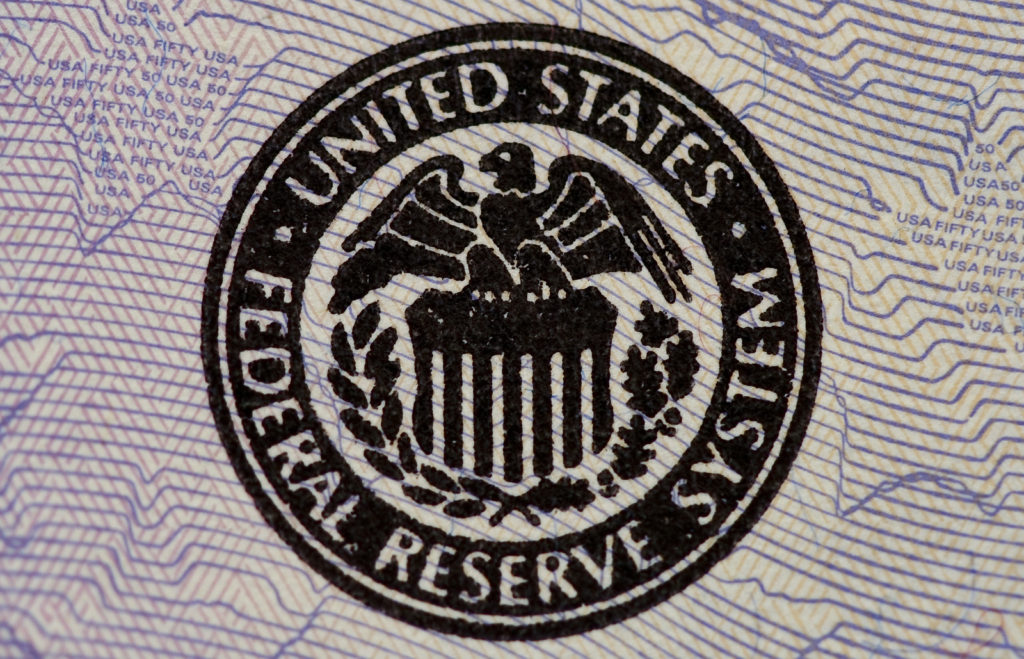DALLAS — Historical trends suggest interest rates will rise quicker than the market is currently predicting, Michael Vogan, assistant director and lead auto economist at Moody’s Analytics, told attendees at the Auto Finance Performance and Compliance Summit on Wednesday.
“[Increasing interest rates] is a big decision, so the Federal Reserve waits a long time to make really sure that the economy is strong enough and that inflation is picking up enough to increase interest rates,” Vogan said. “But, what inevitably happens is they wait too long so then they have to act quicker and more aggressively to cool the economy down.”
Moody’s has observed this behavior happening before and is predicting it will result in interest rates above 3.1% by 2019. The fed itself has signaled rates 100 basis points lower during the same timeframe.
In March, the Fed raised interest rates a quarter of a point to a range of 1.5% to 1.75% and have signaled rates will be hiked two more times before yearend.
Additionally, the market-implied rate predicts rates will rise sharply in the coming year but then flatten out. The implied rate is the difference between the spot interest rate and the interest rate for the forward or futures delivery date. For example, if the most recent rate set by the Fed 1.5% for spot and Moody’s predicts an interest rate of at least 3.1%, the implied rate is the difference of 1.6%.
“Somebody on this figure is wrong and as much as Moody’s likes to be right, you kind of hope the market is right because if the market is wrong that will create a big asset price correction,” Vogan said. “If the market is just woefully wrong with how high-interest rates will be, that will create a correction in the stock market and future bonds.”
What can lenders do to mitigate the risk of aggressively rising interest rates? Vogan recommends lenders deploy creative programs to generate consumer demand as the incentive of low-interest rates fade away. On top of that, lenders should pay attention to subprime borrowers.
“Be aware of the consumer’s ability to pay,” he said. “Low income or low Fico score buyers are much more sensitive to those interest rate hikes. So being mindful of their financial situation and prospects helps to mitigate any potential risk that comes from a typical borrower’s monthly payment jumping $200.”
Source : AutoFinanceNews












